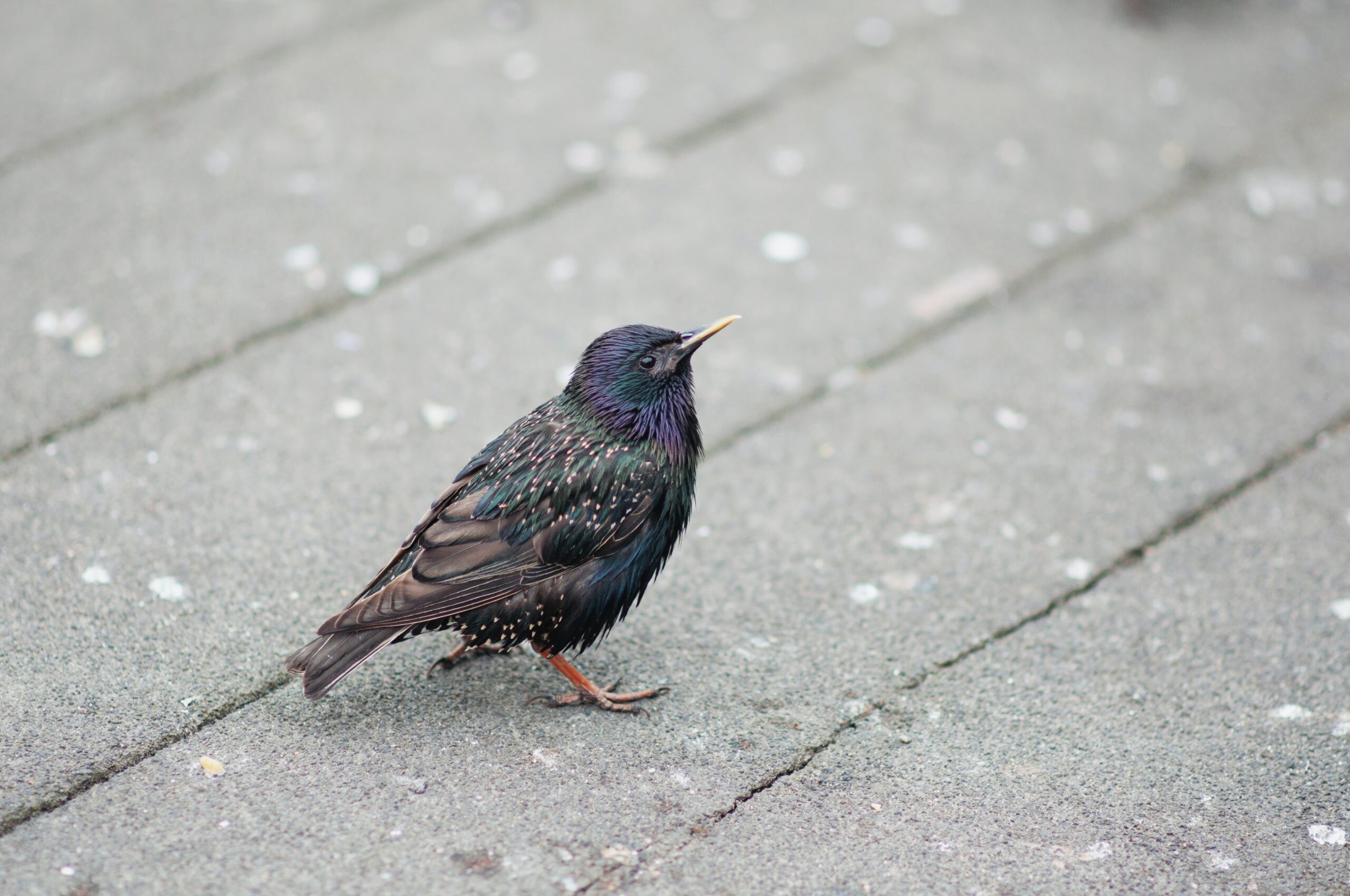Birds are incredibly adaptive; evolution has ensured their survival over perilous journeys and harsh weather conditions. Experts of bird removal in Montreal are well aware of the amazing transformations many birds make to ready themselves for migration in the fall and spring.
As a homeowner, you likely admire birds from afar, looking at their colouring or appreciating their agility in flight. However, how often do you think about the biological magic that must occur for these marvelous creatures to travel hundreds of miles every year?
The preparation for seasonal journeys requires fantastic biological feats, some of which seem nearly impossible. When birds ready themselves for the long journey back home in early spring, they will undergo three significant changes to their bodies and habits.
1. Transform Internal Organs
As strange as it sounds, some birds can alter or even consume parts of their organs. For instance, the Bar-Tailed Godwit uses a process known as autophagy to increase its internal area for necessary fat. The process allows the bird to absorb or “self-eat” about 25% of the tissues from the kidneys, liver, and digestive tract. Additionally, these spectacular travelers can enlarge their hearts and muscle structure, allowing for greater energy and oxygen distribution.
Still, other birds can also transform their organs. The Blackpoll Warbler can allow its system to process more food by expanding its digestive tract. The expansion enables the bird to gorge on more bugs and berries to increase its weight for travel. The bird can then reabsorb these extra tissues during flight. The process of expanding or transforming internal organs is called hyperphagia.
These astounding evolutionary processes permit excessive air travel with little need to stop for feeding or “refueling.” Autophagy and hyperphagia enable birds to develop faster migratory habits, limiting the need for stopovers.
2. Alter Body Weight
Before spring migration, birds enter the natural phase of hyperphagia, which not only alters organs, it encourages fat storage and energy consumption. Two weeks before take-off, birds develop a need for carbohydrates and lipids, meaning they gorge on high-energy fruits and berries. The carbs and lipids become fat, and fat becomes fuel.
The use of fat as fuel is unique to birds in wildlife. While humans use carbohydrates and protein to boost performance in endurance activities, the human body is built to convert these elements to usable energy. For birds, the conversion or storage of fat makes tremendous sense. Fat is lighter, allowing for easier lift and sustained flight.
As birds migrate, they will make stops to replenish their fat. The process is similar to refueling your car. As gasoline allows for so many miles of travel, so do so many grams of fat.
Once birds arrive at their mating grounds in the spring, they will need to eat and rehydrate. On average, a migratory bird must restore about 17% to 23% of its body weight. It will also need to make dietary adjustments to account for water and protein loss.
3. Reduce Sleep Time
Several birds will endure journeys of 1,000 miles or more. The Swainson’s Thrush is known for its nearly 3,000-mile journey from South and Central America to northern Canada. During this trek, the bird must break standard physiological rules, such as the time allotted for sleep.
The thrush can undergo a unique neurological shift, allowing it to take only nine-second naps mid-flight. As the bird flies, it can put half of its brain to sleep while the other half remains alert to avoid collisions and predators.
While birds are truly unique, you still do not want them getting too close or too comfortable around your home. If you notice birds showing particular interest in your home or other structures on your property, contact Skedaddle Humane Wildlife Control for bird removal in Montreal.




